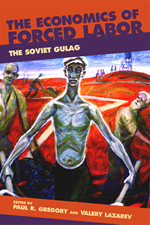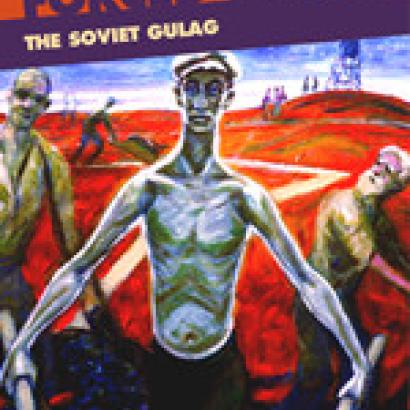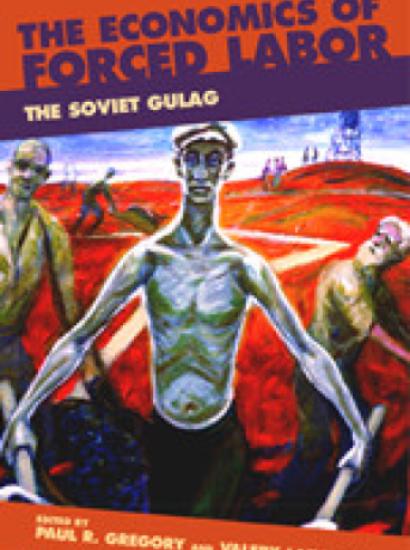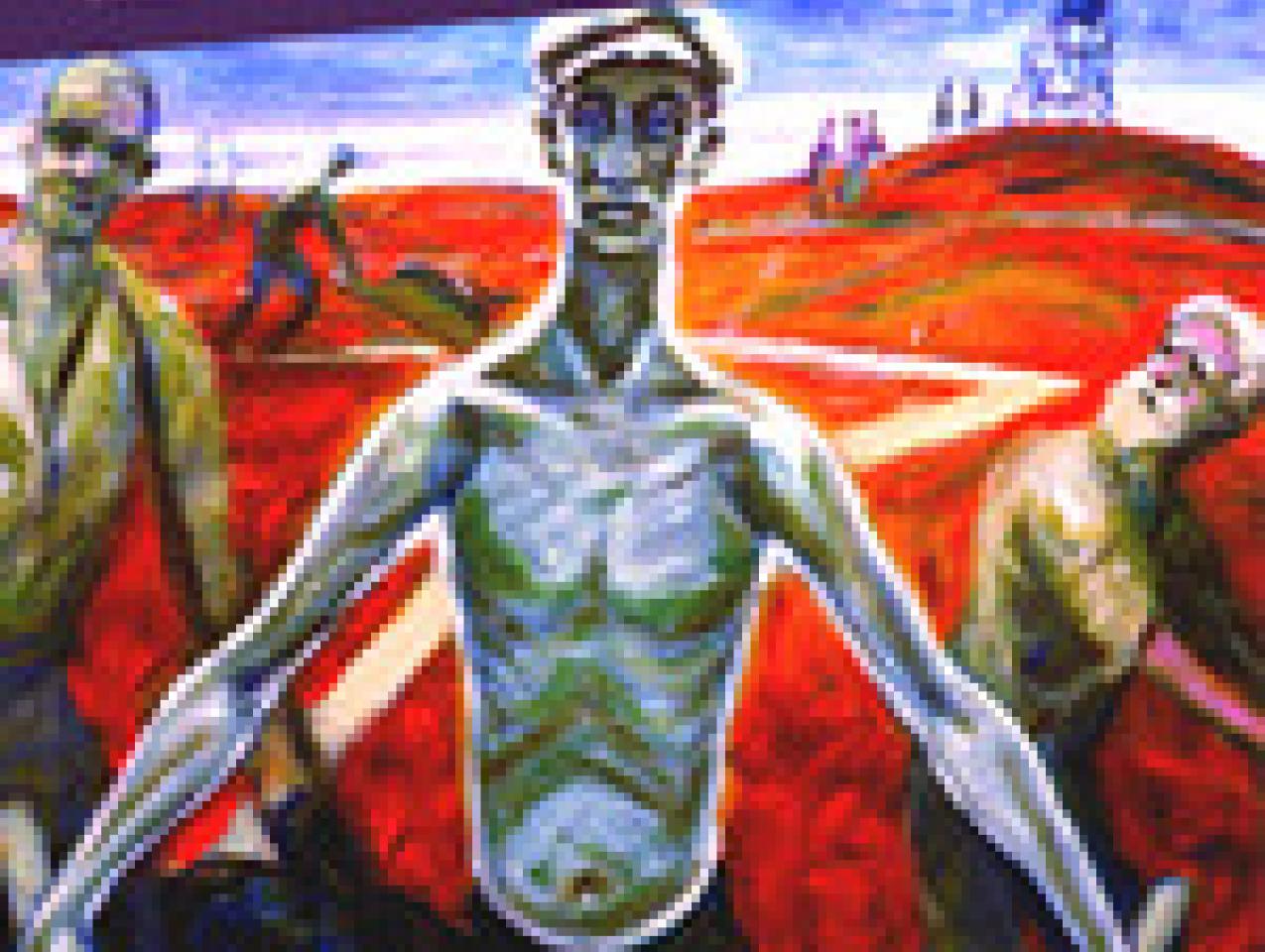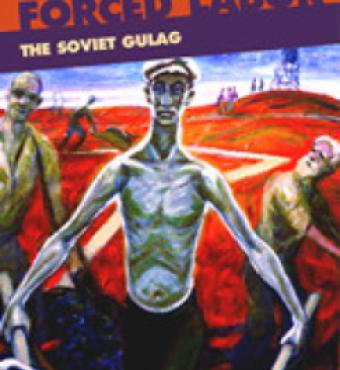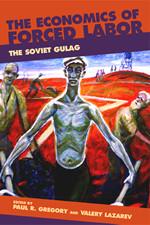- History
- Contemporary
- US
Until now, there has been little scholarly analysis of the Soviet Gulag as an economic, social, and political institution, primarily owing to a lack of data. This collection presents the results of years of research by Western and Russian scholars. The authors provide both broad overviews and specific case studies as they examine
- The various forms of coercion and the channels through which coerced labor was distributed under Stalinism's heyday, from the late 1930s to the early 1950s
- Why the Gulag emerged and its perceived economic rationale
- The chronology of the Gulag from the first major projects—such as the White Sea–Baltic Canal—to the unfinished plans of the 1950s
- The day-to-day costs of maintaining the Gulag and the great hidden cost of coercion—the loss of productivity
- How the Soviet leadership desperately sought to find the right balance between extreme coercion and extreme material incentives for the labor force—and how material incentives played an increasingly greater role in later years
- How Stalin's death provided the excuse for radical reform and the end of the Gulag
Seen together, these contributions present an extraordinary portrait of a major aspect of the Soviet approach to economic achievement whose results should provide an invaluable lesson to future generations.
Copyright 2003.







